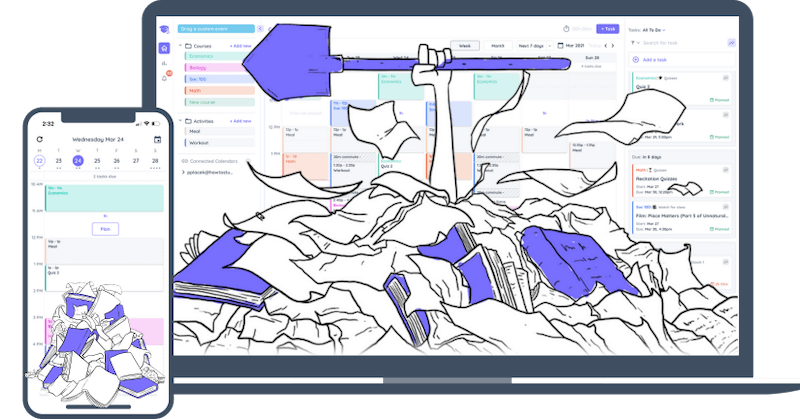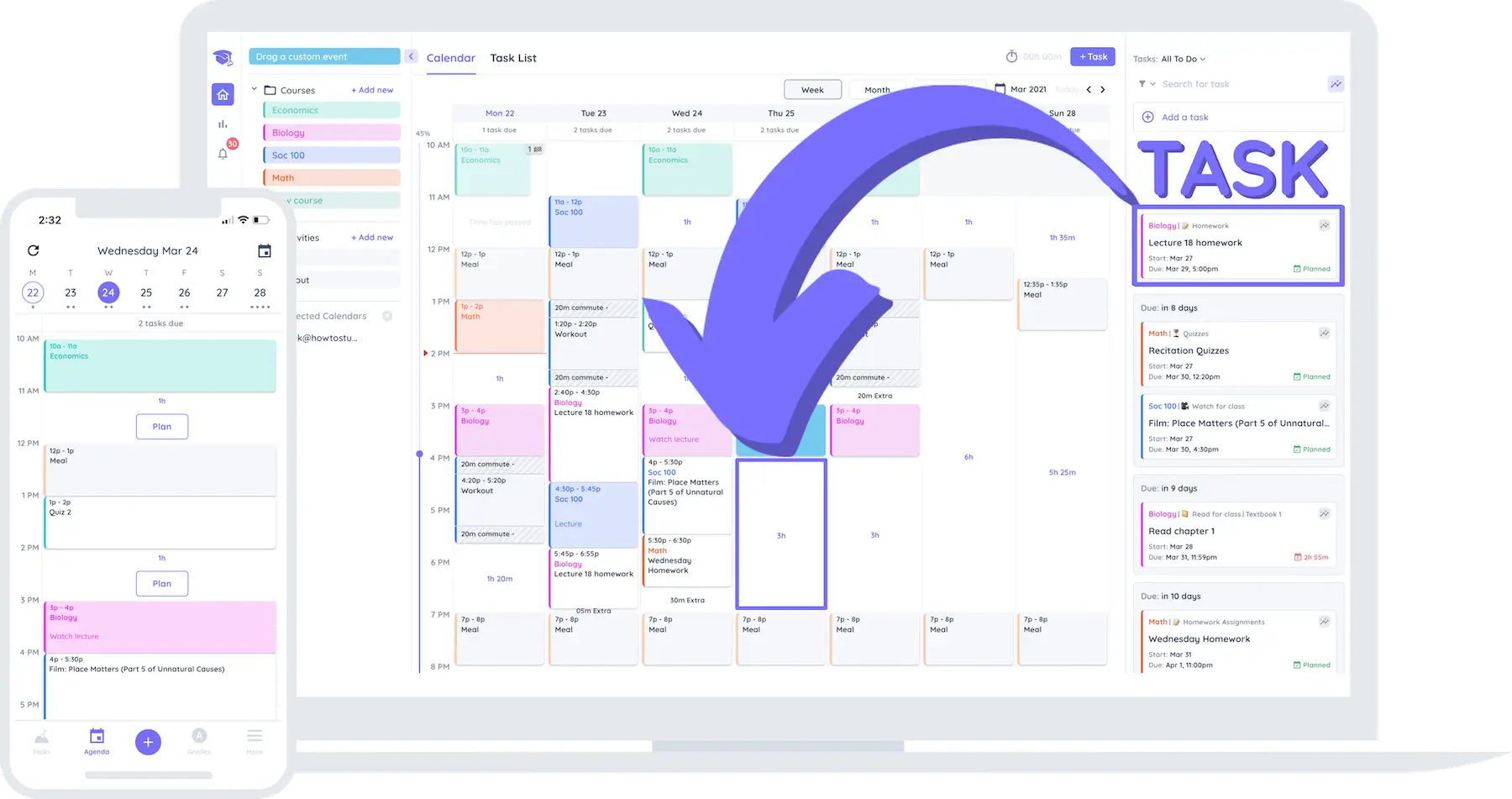Do you talk to yourself? I do. Like when I’m making a list of things to pack for the cabin, helping a student with a science question on the ACT, or making sure my grocery list is complete. I’m mentally rehearsing the things that I’ll need (or need to know) and making sure they’re in my brain or on my list. Or when my kid comes to me with a huge knot of string (I don’t even ask anymore) I talk myself through the unraveling, saying, “OK, let’s see…this needs to go here and this needs to go there…” Normal stuff. I think.
These real-life examples show the application of a metacognitive strategy that can help learners preparing to study, complete a multi-step assignment, or during study time–especially in completing visual/spatial maps assignments, math problems, or labeling diagrams in biology. When you talk to yourself out loud while problem-solving, you’re checking in with yourself to say, “Here’s what I know, and here’s how I’ll apply it.”
So next time you catch yourself preparing out loud, give yourself a high five for using metacognition instead of feeling like a weirdo!
Why does talking out loud help us? It combines the thinking and doing parts of our brain. Think of a child learning to read. She’ll say the sounds out loud, as she sees them, using her voice to make a deeper connection between the sound and symbol of the word–hearing it out loud and seeing it on the page. The other wonderful part about a new-reader’s natural tendency to read out loud is the assistance she gives us in hearing what she’s thinking and how to guide the learning process. It gives us a look into the connections her brain is making!
Learners benefit from explaining out loud (to themselves or others) what they are doing during the completion of a learning task.Readers who practice fluency can read out loud to self-monitor, so they can practice reading as if they’re telling a story. A simple way to assist in this process is to fit two pieces of PVC pipe together making a “C” or a “telephone” (anyone remember those big old clunky landline phones?) The learner can whisper the words into the mouthpiece of the pipe as he or she reads and hear the sounds more clearly.
And for older children? Math is a great time to talk to yourself! Learning research shows that students don’t gain as much from modeling math problems as we’ve initially thought. They may know how to solve that type of specific problem, but if the numbers or situation change, they’re in the dark as to how to apply the old problem to the new information. If we focus on the why of the steps as we teach them, and what we know about the larger concepts behind the problem-solving steps we’re making, then students gain procedural knowledge in addition to factual knowledge.
So what does this mean for you as a parent (besides reciting the items on your grocery list as you write them)? We have 4 ideas for you:
- As we jump back into the school year, ask your child to explain the steps he or she uses to solve math problems out loud. You can say, “Talk about why you do each step.” And you’re looking for: because I know volume is area of the base times height, I will find those numbers in the figure and multiply them. This sort of practice helps the homework routine become a part of mindful learning, when the learner thinks about the concepts behind the decision he makes to solve a problem.
- Once you find the rhythm and routine of explaining, you can choose one problem from each problem type in a math assignment. This helps the learner concentrate on the concepts that motivate the steps and integrates formula use into regular math work. You’ll notice that fewer “little” math errors are made when the student is focusing on each step of the problem.
- As you work with your child on explaining the reasoning for each problem (your 16-year- old may not jump at the opportunity to do this, but you can hire a Learning Coach for 6 sessions for specific practice in this skill) you will notice that he or she begins to monitor for understanding. This is a crucial skill that successful learners have– the ability to know when they do and don’t understand and the patience to go back to the source of information and check.
- High school students: (parents, you can simply share this article with your kiddo and tell them to read number four. It’s short! ) Practice self-explaining on your own. As you do your ACT prep work, point to the theory, principle, rule, or formula that gets you to the next step. Say it out loud. What a great way to practice those boring formulas your coach has asked you to memorize! You’ll find the work may be more interesting, the formulas will stick, your work will be more accurate, and your Test Prep Coach shine with happiness at your success.
-Cara









